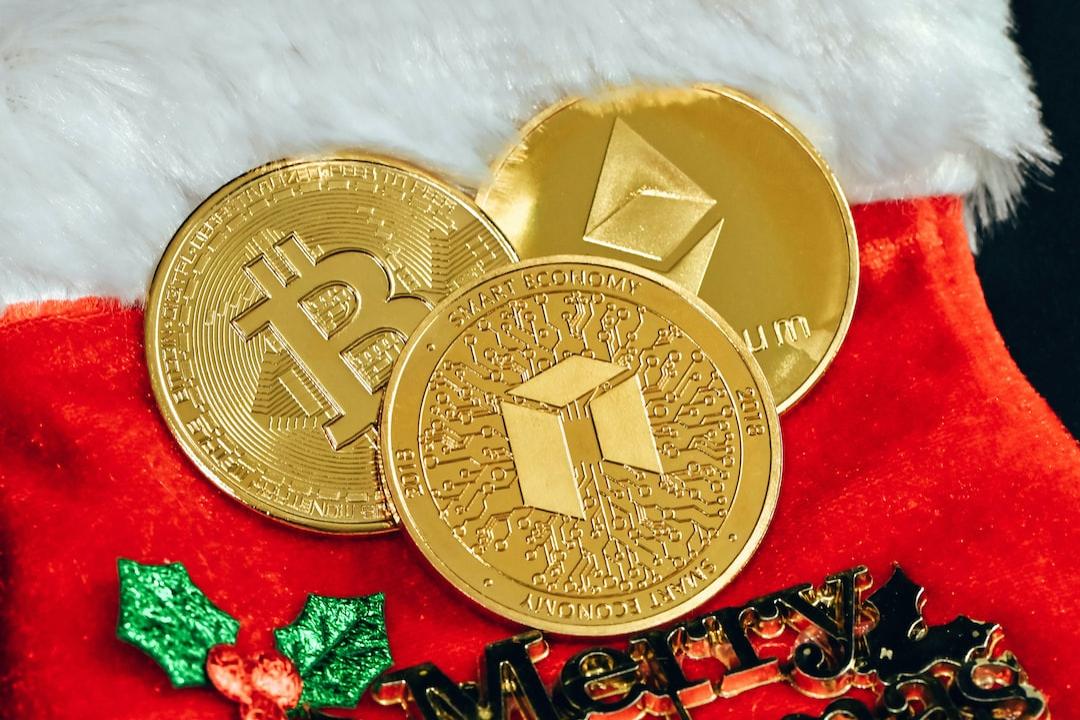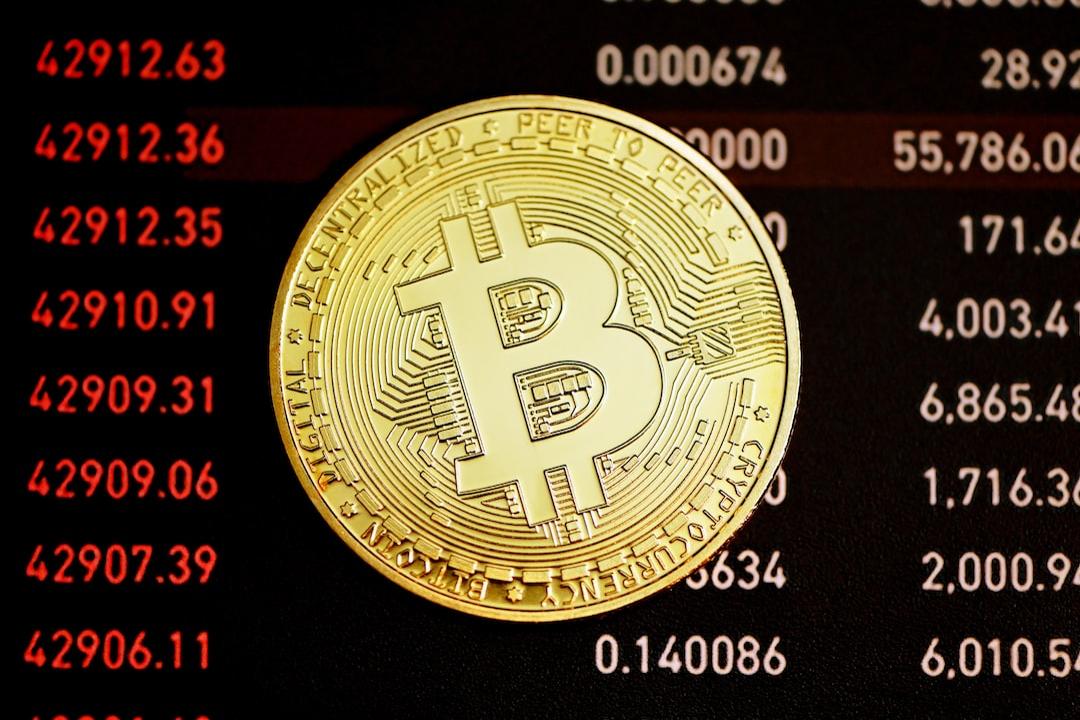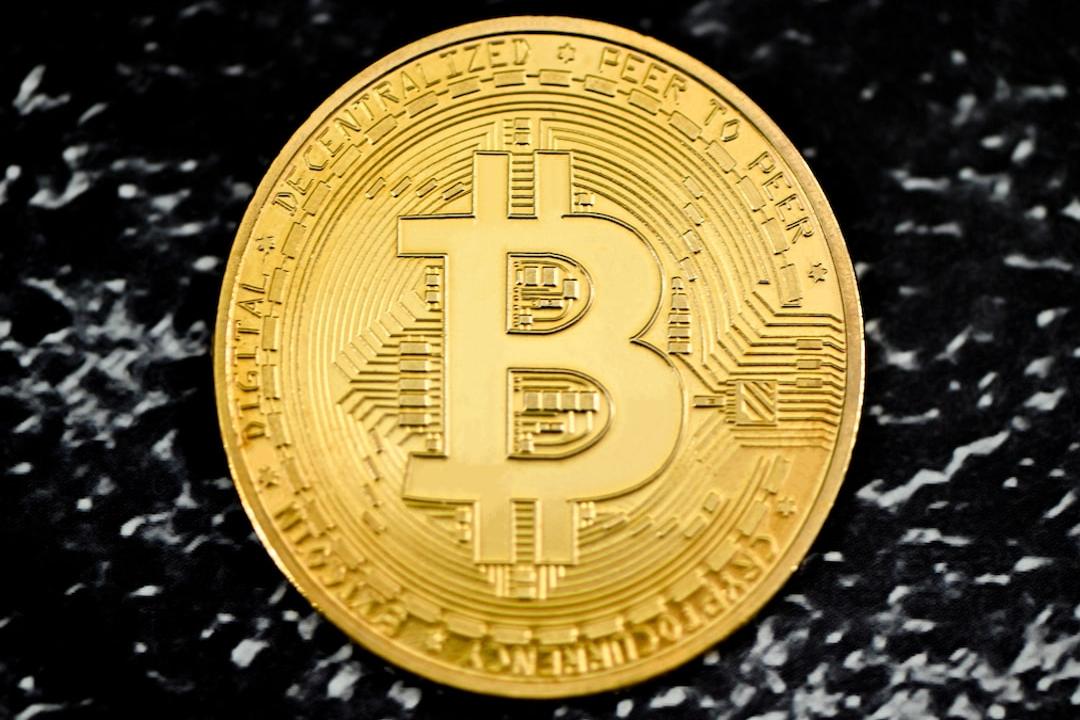Even in a “altcoin bear market,” projects with outstanding fundamentals can still achieve alpha returns that surpass BTC and ETH. This article is sourced from a piece written by Alex Xu and Lawrence Lee, compiled, translated, and authored by Deep Tide TechFlow.
(Previous context: Zhao Changpeng: Adhering to fundamental investment “will not conduct technical analysis,” I bought Bitcoin at $600 in 2014)
(Background information: Cryptocurrency, inflation, bonds: An investment guide for risk control in 2025)
Undoubtedly, this bull market cycle has seen the worst performance of altcoins.
In contrast to previous bull markets, where various altcoin prices surged, leading to a rapid decline in BTC’s market share, this bull market has seen BTC’s market share steadily increase from around 38% since the market bottomed in November 2022, currently firmly standing above 61%. This is particularly notable given the rapid expansion of altcoin numbers during this cycle, highlighting the weakness in altcoin prices.

BTC market share trend, source: Tradingview
As the current market has progressed, it has largely validated the projections made by Mint Ventures in their March 2024 article “Preparing for the Main Wave of the Bull Market,” where the authors believe:
Three out of four driving factors for this bull market are present:
BTC halving (expectations of supply and demand adjustments), √
Loosening or anticipated loosening of monetary policy, √
Loosening of regulatory policies, √
Innovation in new asset models and business models, ×
Therefore, expectations for the prices of the previous cycle’s altcoins—including smart contract platforms (L1L2), gaming, Depin, NFTs, and DeFi—should be lowered. Consequently, the recommended strategy for this bull market was:
To allocate a higher proportion to BTC and ETH (with a more favorable outlook for BTC; long-term focus on BTC)
To control the allocation ratio to DeFi, GameFi, Depin, NFTs, and other altcoins
To select new tracks and projects to seek alpha, including: Meme, AI, and the BTC ecosystem
As of the publication of this article, the correctness of the above strategies has largely been confirmed (except for the performance of the BTC ecosystem, which has been disappointing).
However, it is noteworthy that despite the lackluster performance of most altcoin projects in this cycle, a few have significantly outperformed BTC and ETH in price over the past year. The most typical examples are Aave and Raydium, mentioned in Mint Ventures’ research report published in early July 2024, “Altcoins Keep Falling; It’s Time to Refocus on DeFi,” during a period of extreme weakness in the altcoin market.
Since early July last year, Aave has seen a maximum increase of over 215% relative to BTC and 354% relative to ETH. Even after a significant price pullback currently, Aave’s increase relative to BTC stands at 77%, and 251% relative to ETH.

Aave/BTC exchange rate trend, source: Tradingview
From early July last year, Raydium has seen a maximum increase of over 200% relative to BTC and 324% relative to ETH. Despite the overall decline of the Solana ecosystem and facing major adverse news from Pump.fun’s self-developed Dex, Raydium still maintains a positive growth relative to BTC and has significantly outperformed ETH.

Ray/BTC exchange rate trend, source: Tradingview
Considering that BTC and ETH (especially BTC) have outperformed most altcoin projects significantly in this cycle, the price performance of Aave and Raydium stands out among the altcoins.
The reason for this is that compared to most altcoin projects, Aave and Raydium possess higher-quality fundamentals, evidenced by their core business metrics reaching historical highs during this cycle and having unique moats, with market shares either stable or rapidly expanding.
Even in a “altcoin bear market,” betting on projects with outstanding fundamentals can yield alpha returns that exceed those of BTC and ETH, which is also the primary objective of our investment research work.
In this report, Mint Ventures will identify high-quality projects with solid fundamentals from thousands of listed circulating cryptocurrency projects, track their recent business performance and market share, analyze their competitive advantages, assess their challenges and potential risks, and provide a reference for their valuations.
It is important to emphasize that:
The projects mentioned in this article possess advantages and attractions in certain aspects, but they also face various problems and challenges. Different readers may have entirely different judgments regarding the same project after reading this article.
Similarly, projects not discussed in this article do not imply that they have “poor fundamentals,” nor does it mean “we do not consider them promising.” We welcome recommendations for projects you believe in and your reasons.
This article reflects the authors’ thoughts as of the publication date and may change in the future. The views expressed are highly subjective and may contain errors in facts, data, or reasoning logic. All opinions in this article are not investment advice, and we welcome criticism and further discussion from peers and readers.
We will analyze the projects based on their current business status, competitive landscape, main challenges and risks, and valuation status. The following is the main body of the article.
1. Lending Sector: Aave, Morpho, Kamino, MakerDao
DeFi remains the track in the crypto business world that has best achieved product-market fit (PMF), with lending being one of the most important sub-tracks. User demand is mature, and business revenues are stable. This track gathers many quality new and established projects, each with its own strengths and weaknesses.
For lending projects, the key indicators are the scale of loans (Active loans) and protocol revenue. Additionally, it is essential to evaluate the expenditure indicators of the protocol—token incentives.
1.1 Aave: The King of Lending
Aave is one of the few projects that have successfully traversed three crypto cycles and continues to grow steadily. It completed its fundraising through an ICO in 2017 (when the project was still called Lend, operating under a peer-to-peer lending model) and surpassed the then-leading lending platform, Compound, in the last cycle, maintaining its position as the top lending protocol. Aave currently provides services on most mainstream EVM L1 and L2 networks.


